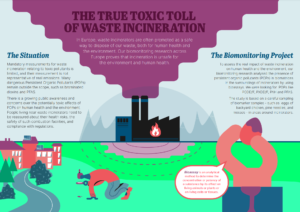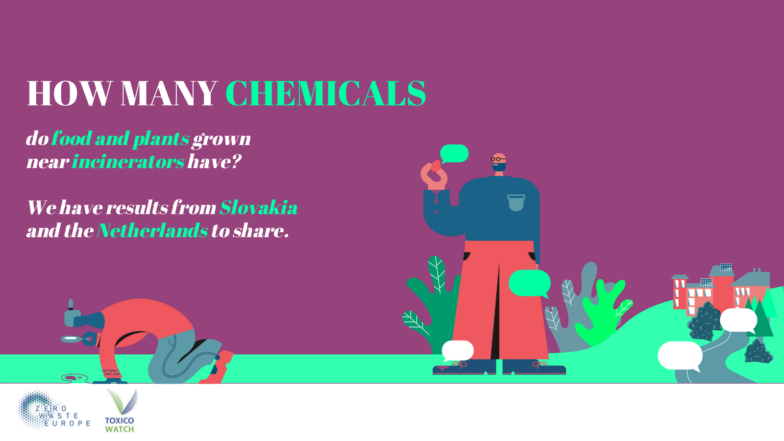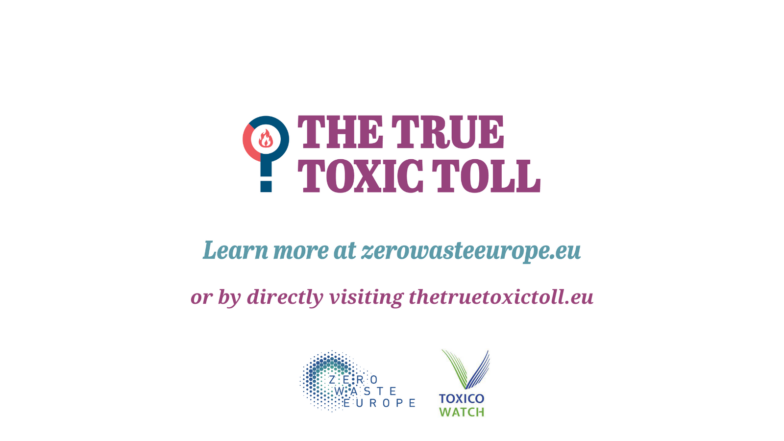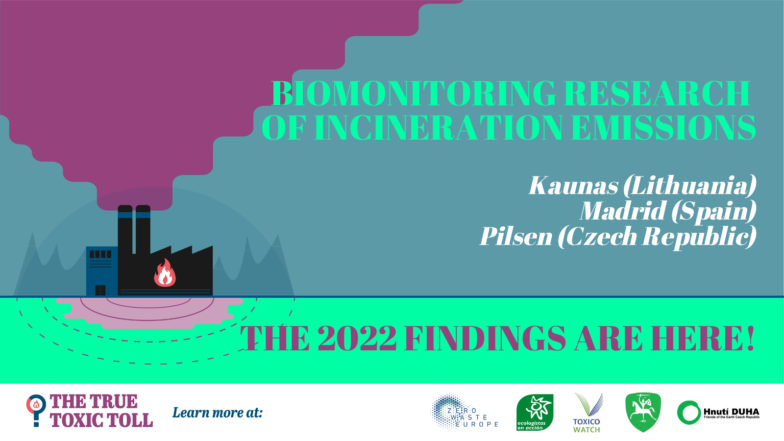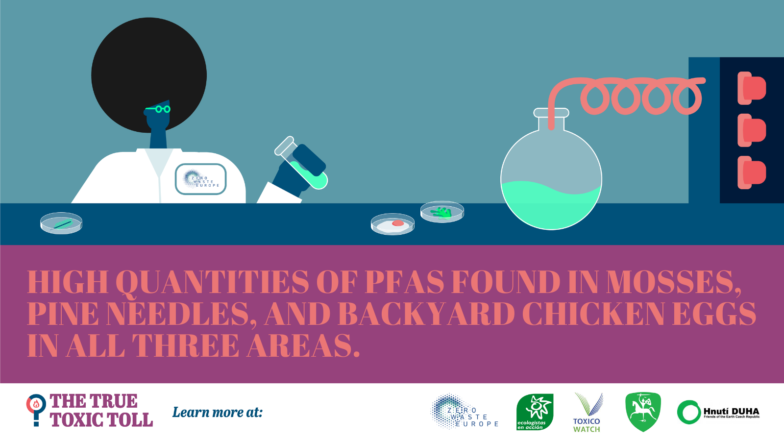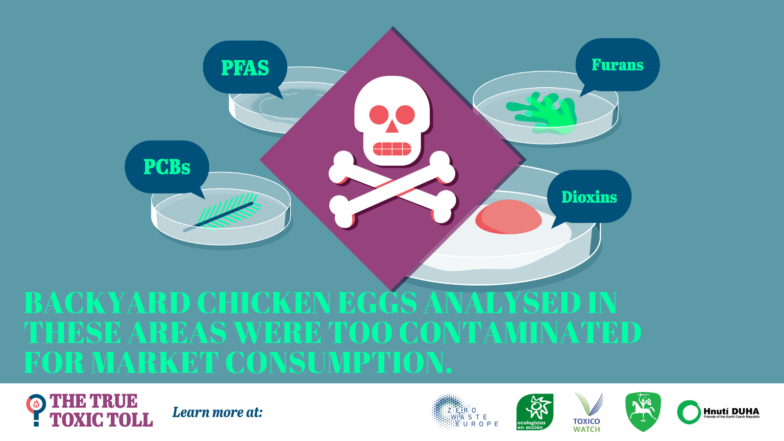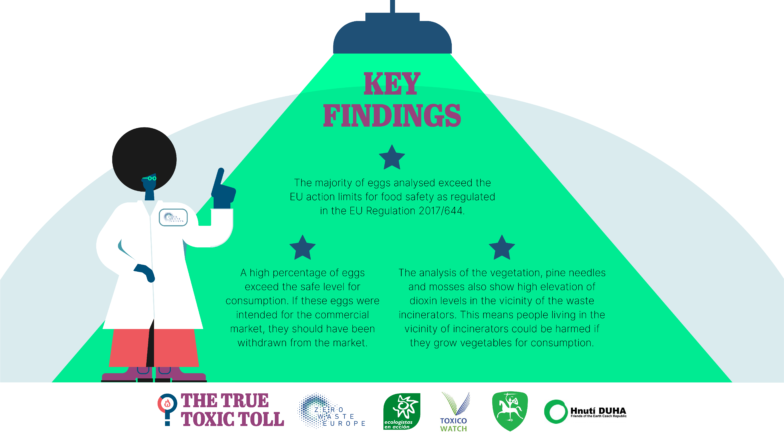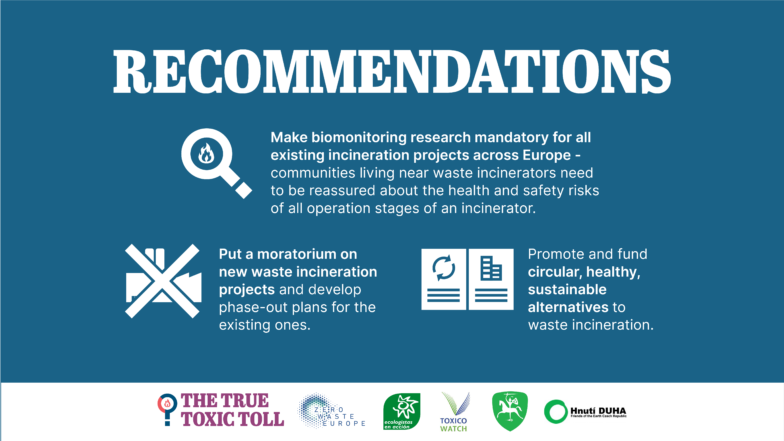The True Toxic Toll
There is an urgent need to assess the real impact of waste incineration on human health and the environment. People living near waste incinerators need to be reassured about their health risks and the safety of such combustion facilities.” – Janek Vähk, Zero Pollution Programme Manager at Zero Waste Europe
Biomonitoring of incineration emissions
The situation
In Europe, waste incinerators are on the rise, often being promoted as a safe way to dispose of our waste. The way emissions are measured only represents a tiny snapshot of the incinerator’s output – meaning, not all incineration emissions are evaluated.
There is a growing public awareness and concern over the potentially toxic effects of persistent organic pollutants on human health and the environment. In particular, people living near waste incinerators need to be reassured about their health risks, the safety of such combustion facilities, and compliance with regulations – not only under normal operating conditions but also in other than normal operating conditions, such as start-ups, shut-downs and periods of abnormal operation.
The biomonitoring project
Zero Waste Europe coordinated biomonitoring research on incinerator emissions across Europe, working with ToxicoWatch to determine the real health and environmental impacts of waste incineration emissions.
To assess the real impact of waste incineration on human health and the environment, this research analyses the presence of Persistant Organic Pollutants (POPs) in biomatrices in the surroundings of incinerators by using bioassays. This biomonitoring research focused on POPs like Polychlorinated Dibenzodioxins and Polychlorinated Dibenzofurans (PCDD/F and PXDD/F); Polycyclic aromatic Hydrocarbon (PAH); and Per- and PolyFluoroAlkyl Substances (PFAS).
Our biomonitoring research was based on carefully sampling biomarkers in selected areas. The biomatrices for this study have been primarily:
- Eggs of backyard chicken.
- Fruit and vegetables such as apples, pears, grapes, figs, kale, cauliflower.
- Vegetation: pine needles, mosses.
- Materials and residues: soil, sediments, water, roof dust.
- Sheep wool.
The true toxic toll of incineration emissions
2023-2024 biomonitoring results
We have analysed the persistent organic pollutants in the environment surrounding a cement kiln in Turňa nad Bodvou, Slovakia.
The results showed that:
– PFAs were detected in grapes and fig leaves; and PAH levels were found in apples and grapes;
– There were concentrations of dioxins, PAH, and PFAS in eggs, pine needles, and mosses;
– Eggs from backyard chickens in three locations exceeded the EU limit for dioxins.
– Elevated levels of PAH were found in roof dust.
Read the report about Slovakia’s findings HERE.
We have analysed the persistent organic pollutants in the environment surrounding the REC Waste Incinerator in Harlingen, the Netherlands.
Among other findings, the results showed that:
– High levels of dioxins were found in the eggs of backyard chickens sampled within a 3 km radius of the waste incinerator.
– The PFOS level in eggs sampled from Wijnaldum, located 2 km from the incinerator, largely exceeds the limit imposed by EU regulations.
– There are high levels of aluminium in eggshells sampled from Wijnaldum.
In both locations, our findings raise concerns about the regions’ environmental health and the health of those living near the incinerator.
Read the report about the Netherlands’ findings HERE.
2021-2022 biomonitoring results
The research analysis (2022 and 2021) around three waste incinerators shows an environment under threat by contamination of substances of very high concern in eggs of backyard chickens, pine needles, and mosses.
The analysis of chicken eggs around incinerators shows that most eggs exceed the EU action limits for food safety as regulated in the EU Regulation 2017/644. The EU regulations urge for action on these sampled egg locations to find out the source of POP contamination, to eliminate or – at least – do the utmost to reduce dioxins (PCDD/F) to minimum levels. Moreover, a high percentage of eggs exceed the safe level for consumption. If these eggs were intended for the commercial market, they should have been withdrawn from the market.
The results of the vegetation analysis, including pine needles and mosses, also show high dioxin levels in the vicinity of the waste incinerators. Although there is no legal obligation to take action, this is a sign of pollution. Moreover, people living in the vicinity of incinerators could be threatened if they grow vegetables for consumption.
This biomonitoring research is a warning sign for the contamination of the environment with toxic substances such as dioxins (PCDD/F), dioxin-like PCBs, PAHs, and PFAS.
Zero Waste Europe’s recommendations
Based on the findings of this biomonitoring research, Zero Waste Europe recommends to:
- Make biomonitoring research mandatory for all existing incineration projects across Europe. Communities living near waste incinerators need to be reassured about the health and safety risks of all incinerator operation stages.
- Mandate continuous measurements of chlorinated and brominated dioxins, including under “other than normal operating conditions” such as start-ups, shut-downs, and technical accidents.
- Put a moratorium on new waste incineration projects and develop phase-out plans for the existing ones.
- Promote and fund circular, healthy, sustainable alternatives to waste incineration.
Partners of previous The True Toxic Toll campaign editions included Hnuti Duha, Ziedine Ekonomika, and Ecologists en Accion Spain.
Publications

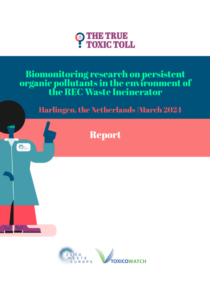
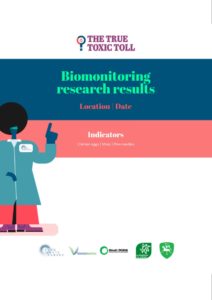
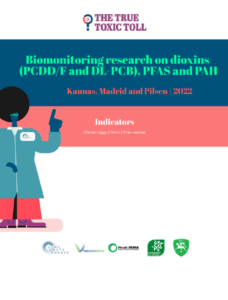
Project Partners
2023-2024
-
 Zero Waste Europe
Zero Waste Europe -
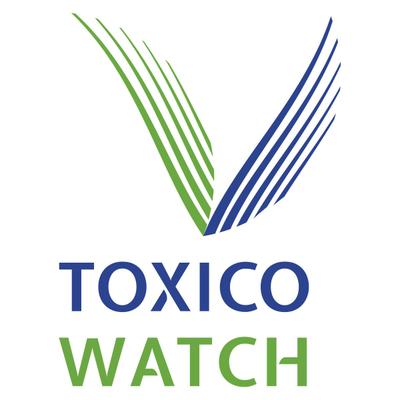 ToxicoWatch
ToxicoWatch
2021-2022
-
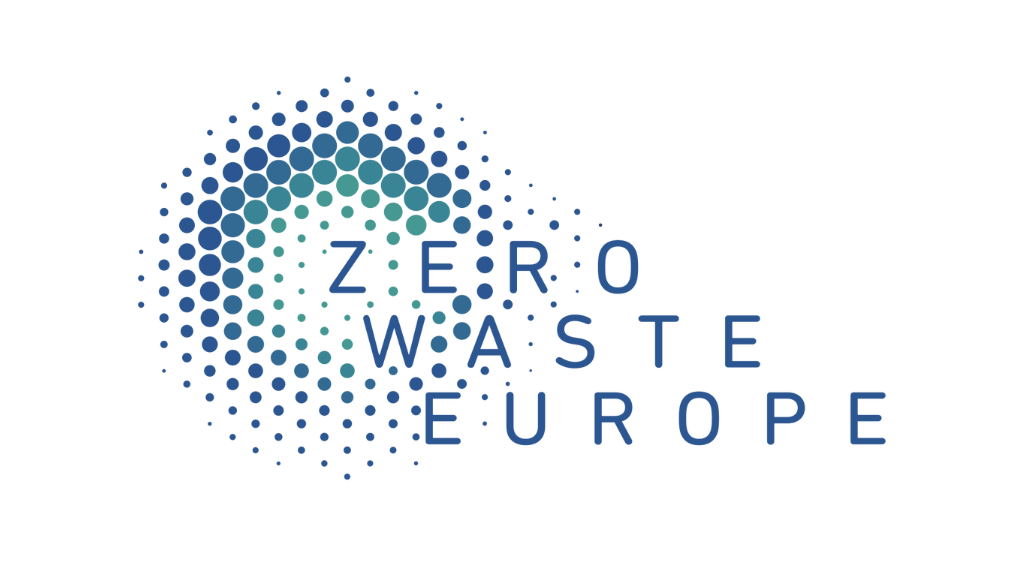 Zero Waste Europe
Zero Waste Europe -
 ToxicoWatch
ToxicoWatch -
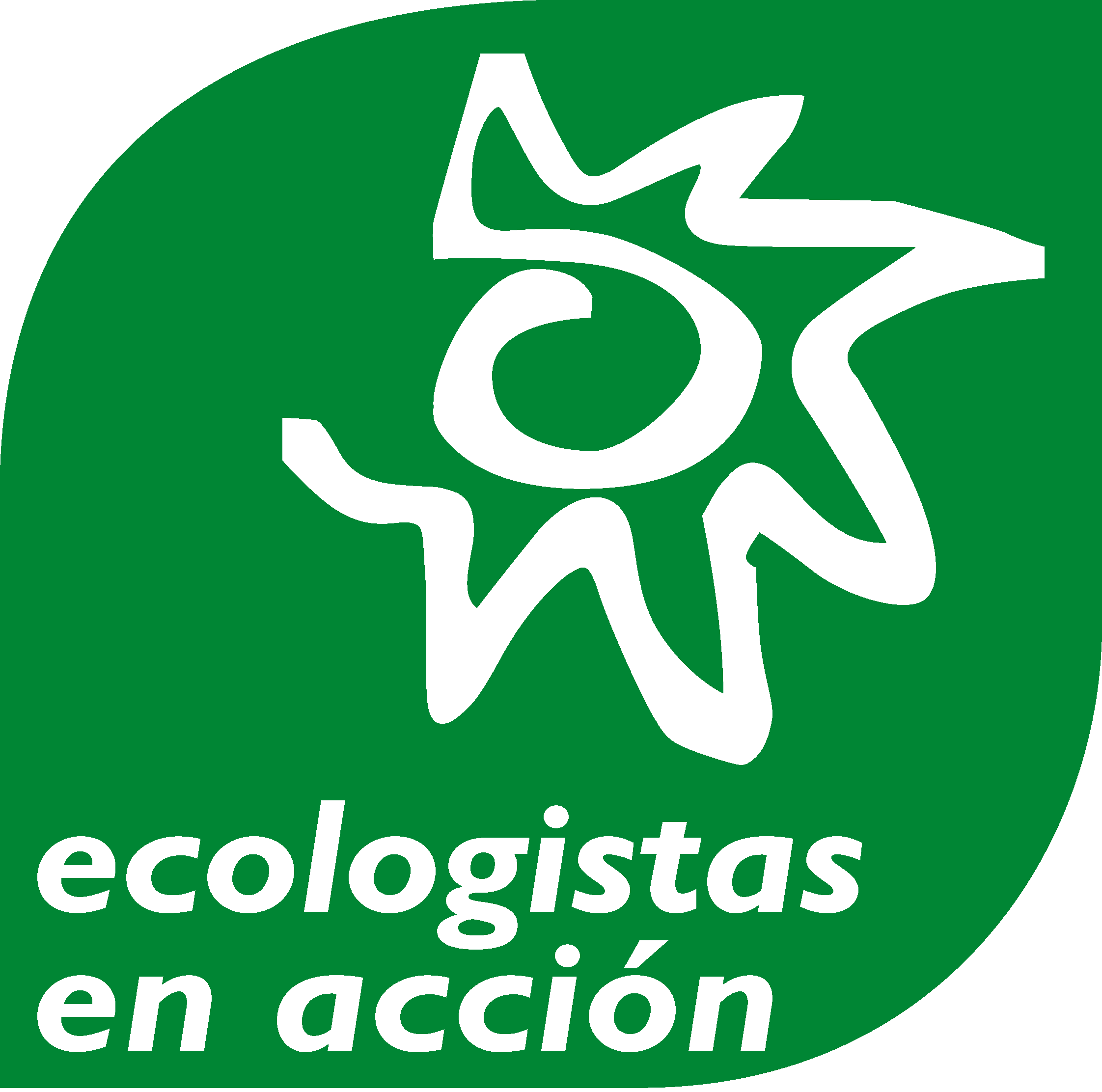 Ecologistas en Accion
Ecologistas en Accion -
 Hnuti Duha (Friends of the Earth Czech Republic)
Hnuti Duha (Friends of the Earth Czech Republic) -
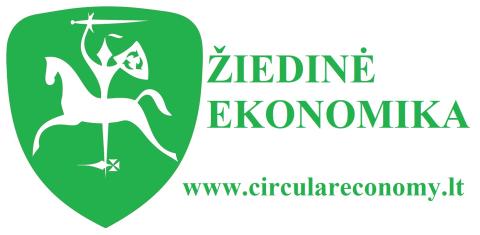 Ziedine Ekonomica
Ziedine Ekonomica
Latest updates

Biomonitoring data shows food across Europe is alarmingly polluted near waste (co)incinerators

New ZWE-led incinerator research finds environment contaminated with highly toxic substances, risking the health of nearby communities

‘Vital’ amendment adopted by European Parliament on emissions linked to waste combustion, says Zero Waste Europe

New ZWE biomonitoring report alerts of a high level of dioxins around 3 European incinerators
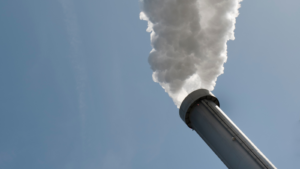
More worrying results from biomonitoring of waste incineration emissions – ToxicoWatch research on the Beringen incinerator

FAQ: All you wanted to know about the biomonitoring of waste incineration emissions

The ‘Biomonitoring of Incineration Emissions’ campaign

Long-awaited revamp of Industrial Emissions Directive improves dioxin monitoring in incinerators
Multimedia resources
Get in touch
-
 Janek VahkZero Pollution Programme at Zero Waste Europe
Janek VahkZero Pollution Programme at Zero Waste Europe -
 Ana OliveiraHead of Communications at Zero Waste Europe
Ana OliveiraHead of Communications at Zero Waste Europe -
 Seán FlynnMedia Outreach & Communications Officer at Zero Waste Europe
Seán FlynnMedia Outreach & Communications Officer at Zero Waste Europe
Funded by
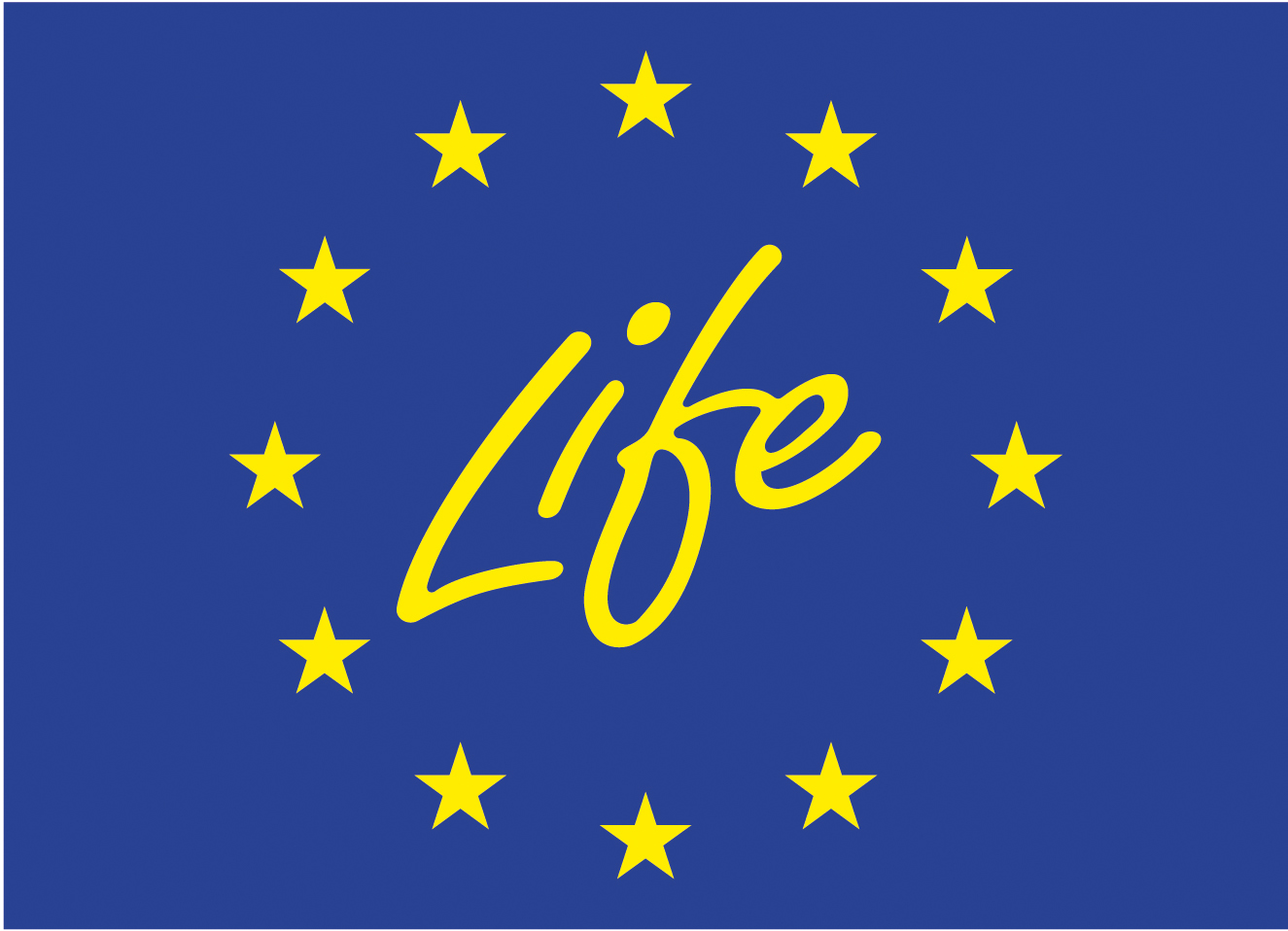
Zero Waste Europe gratefully acknowledges financial assistance from the European Union. The sole responsibility for the content of this event materials lies with Zero Waste Europe. It does not necessarily reflect the opinion of the funder mentioned above. The funder cannot be held responsible for any use that may be made of the information contained therein.

Zero Waste Europe gratefully acknowledges financial assistance from The Sigrid Rausing Trust. The sole responsibility for the content of this event materials lies with Zero Waste Europe. It does not necessarily reflect the opinion of the funder mentioned above. The funder cannot be held responsible for any use that may be made of the information contained therein.

Zero Waste Europe gratefully acknowledges financial assistance from The Robert H.N. Ho Family Foundation Limited. The sole responsibility for the content of this event materials lies with Zero Waste Europe. It does not necessarily reflect the opinion of the funder mentioned above. The funder cannot be held responsible for any use that may be made of the information contained therein.

